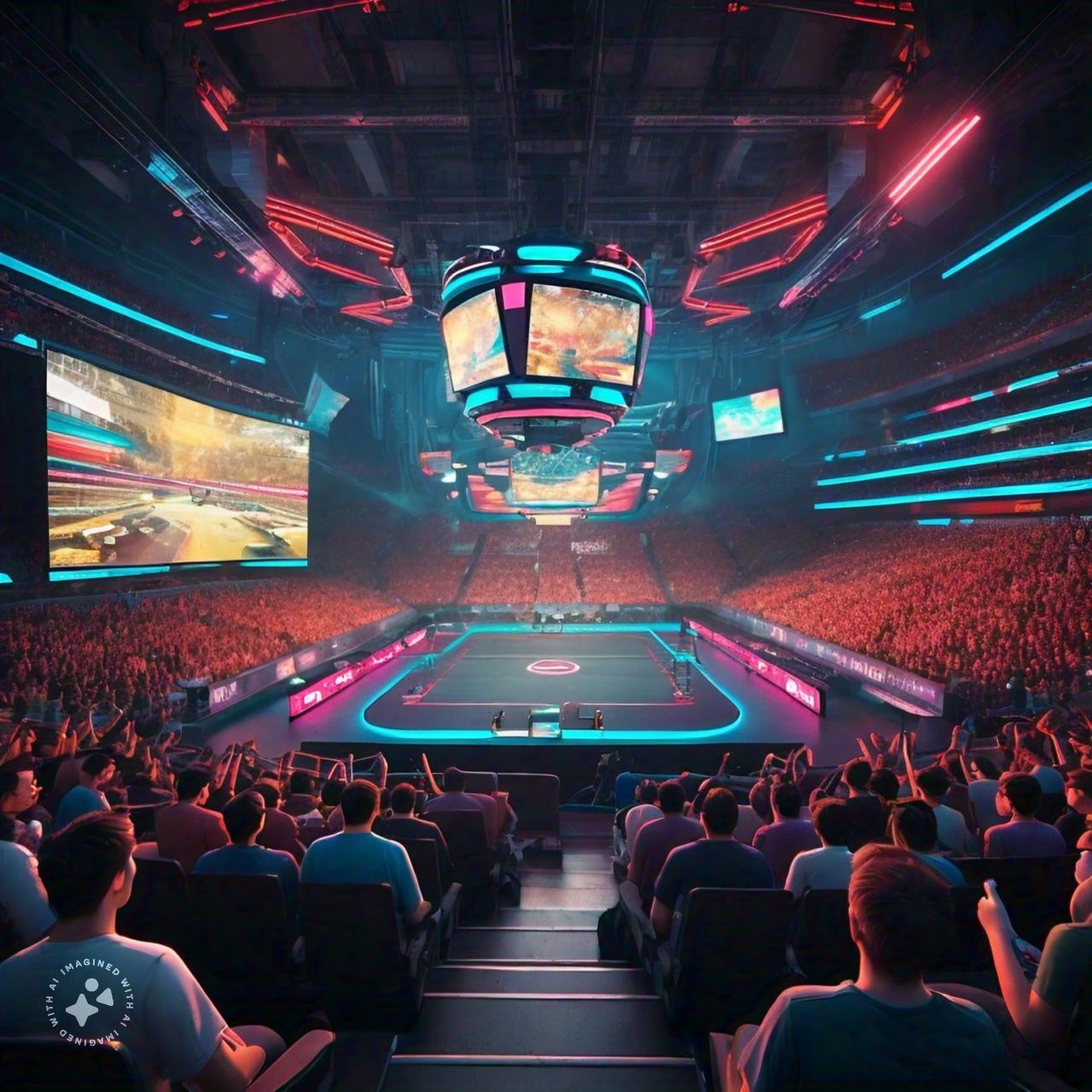The Unstoppable Rise and Cultural Impact of Anime and Manga Leave a comment
Anime and manga have become global phenomena of captivating audiences with their unique storytelling with vibrant art styles and deep cultural significance. This is developed from Japan or these mediums have transcended borders to influence entertainment worldwide. This deep dive will explore the history cultural impact and distinct characteristics that make anime and manga so beloved.
The Origins: A Glimpse into History
Early Beginnings
Anime and manga have roots tracing back centuries in Japan. Manga are often referred to as Japanese comics or graphic novels evolved from traditional Japanese art forms such as ukiyo-e and emakimono which dated back to the 12th century. These early forms of visual storytelling laid the foundation for modern manga.
Post-War Surge
The post World War II era marked a significant turning point for both anime and manga. Osamu Tezuka are often hailed as the “God of Manga” revolutionized the industry with his works like “Astro Boy” (Tetsuwan Atom). Tezuka’s cinematic storytelling techniques and expressive character designs influenced generations of creators and set the stage for the anime boom in the following decades.
Global Expansion
In the 1980s and 1990s the anime began to gain international traction. Iconic series such as “Dragon Ball” “Sailor Moon” and “Neon Genesis Evangelion” were instrumental in introducing anime to Western audiences. Meanwhile the manga like “Akira” and “Ghost in the Shell” captivated readers with their complex narratives and intricate artwork. This period saw the birth of dedicated fan communities worldwide.
The Distinct Characteristics of Anime and Manga
Art Styles
One of the most distinguishing features of anime and manga is their distinctive art styles. Manga are often employs black and white illustrations with detailed backgrounds and dynamic character expressions. While anime on the other hand brings these illustrations to life with vivid colors with fluid animation and carefully crafted soundscapes.
Storytelling Techniques
Anime and manga are renowned for their diverse storytelling techniques. Manga allows for a wide range of genres from action and fantasy to romance and slice of life. Each panel is meticulously designed to convey emotions and pace the narrative effectively. Anime adapts these stories with cinematic flair using music voice acting and animation to enhance the emotional impact.
Cultural Nuances
Japanese culture heavily influences anime and manga themes symbols and storytelling methods. Traditional elements such as samurai yokai (supernatural beings) and familial values to often find their way into modern narratives. Additionally, contemporary issues like technology, environmentalism and social dynamics are frequently explored by providing a mirror to Japanese society.
The Impact on Global Pop Culture
Anime’s Mainstream Success
Anime’s journey from niche interest to mainstream success is a testament to its universal appeal. Streaming platforms like Netflix and Crunchyroll have made anime more accessible than ever to lead surge in popularity. Series such as “My Hero Academia” “Attack on Titan” and “Demon Slayer” have garnered massive international followings by influencing everything from fashion to video games.
Manga’s Literary Merit
Manga has also gained recognition as a legitimate literary form. Libraries and educational institutions now include manga in their collections to acknowledge its value in promoting literacy and cultural understanding. Works like “Naruto” “One Piece” and “Death Note” have become cultural touchstones inspiring adaptations and spinoffs across various media.
Fandom and Community
The global anime and manga fandom is a vibrant and inclusive community. Conventions like Comic Con and Anime Expo attract thousands of fans who come together to celebrate their favorite series. Cosplay, fan art and fan fiction are just a few ways fans express their passion and creativity. Online forums and social media platforms provide spaces for discussion analysis and connection.
The Business of Anime and Manga
Industry Growth
The anime and manga industries are significant contributors to Japan’s economy. The global market for anime was valued at over $24 billion in 2021 and continues to grow. Manga sales in physical and digital formats, remain robust. Popular series often lead to lucrative merchandise deals theme park attractions and even stage adaptations.
Adaptations and Cross-Media Ventures
Successful manga often serve as source material for anime adaptations which in turn can lead to live action films or video games and novelties. For example “Attack on Titan” has been adapted into an anime the several live action films and numerous video games. This cross media approach not only expands the story’s reach but also creates multiple revenue streams.
Challenges and Opportunities
Despite its success the anime and manga industry faces challenges including piracy labor issues and the need to innovate continually. However, these challenges present opportunities for growth and improvement. Digital distribution crowdfunding and international collaborations are just a few ways the industry is evolving to meet modern demands.
The Future of Anime and Manga
Technological Advancements
Advances in technology are poised to shape the future of anime and manga. Virtual reality (VR) and augmented reality (AR) offer new possibilities for immersive storytelling. Artificial intelligence (AI) can assist in animation production for reducing costs and time. Blockchain technology and NFTs are also being explored as means to secure intellectual property and create unique fan experiences.
Broadening Horizons
The global appeal of anime and manga shows no signs of waning. As more creators from diverse backgrounds contribute to the medium the stories told will become even more varied and inclusive. This broadened perspective will enrich the medium and ensure its relevance for future generations.
Conclusion: The Enduring Allure of Anime and Manga
Anime and manga’s are enduring interest lies in their ability to combine striking visual artistry with compelling storytelling. They offer a window into Japanese culture while also addressing universal themes that resonate with audiences worldwide. As they continue to spread and adapt anime and manga will undoubtedly remain integral parts of global pop culture by inspiring and entertaining for years to come.
Anime and manga have truly transcended their origins to become global cultural powerhouses. Their unique blend of art and narrative are coupled with their deep cultural roots and universal attraction to make their place in the hearts of millions around the world. As we look to the future the potential for innovation and growth in this dynamic field remains limitless.

om Crew, an expert in entertainment, brings extensive expertise and experience to his writing. As a distinguished author, he offers readers captivating insights and behind-the-scenes looks, blending his deep industry knowledge with engaging narratives that entertain and inform.




















